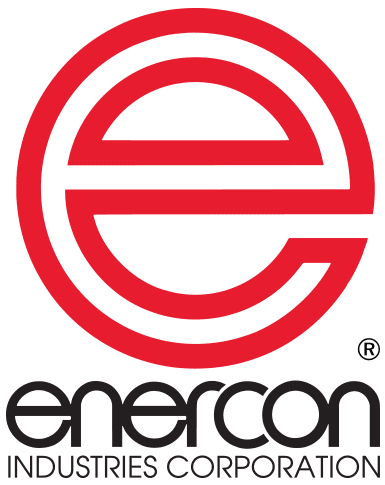Emerging Non-Woven Applications For Atmospheric Plasma Treatment
Many of the consumer products that already are highly penetrated in the mature markets of North America, Western Europe and Japan continue to generate growth for nonwovens by expanding their functionality. The functional performance and value of nonwoven components continue to progress.
Representative of this growth, the 2004 worldwide production of nonwoven roll goods was expected to be 4.5 million tons, equivalent to 110 billion square meters, and valued at US$16 billion. Rising at an average annual growth rate (AAGR) 7.5%, the market is expected to reach 5.75 billion pounds in 2009. We have seen an explosion of new consumer applications for nonwovens.Examples include:
- Household cleaning wipes
- Floor cleaning cloths
- At-home dry cleaning kits
- Fabric refreshing kits
- Facial cleansing cloths
- Facial pore strips
- Pre-moistened roll wipes
- Body cleansing wipes
The new nonwoven products are fueling growth in previously low-growth, reusable product categories by substituting reusable products with new disposable product concepts, as well as adding value-adding graphics to these products.
Manufacturers looking to join the specialty markets are looking for ways to differentiate themselves in a vast sea of competitors. One of the best ways to do this is to enter a variety of specialty-based markets with processing capabilities which offer unique and attention-grabbing product features.


